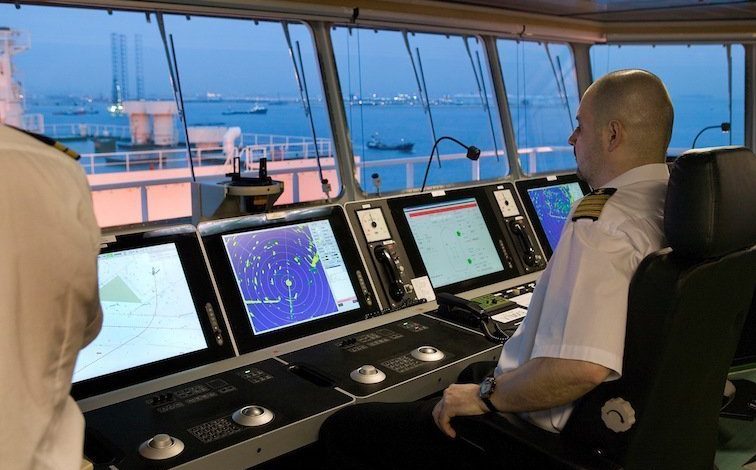
Classification society DNV GL has released a new position paper setting out the importance of standardisation in enabling the growth of digital applications in the maritime industry. Drawing from the experiences gained from digital pilot projects focused on ship sensor data, the paper examines how standardisation can enable the effective collection, storage, exchange, analysis and use of data, while contributing to improved data quality and sensor reliability.
Whether for operational optimization, model calibration for digital twins, design optimization or other applications, the maritime industry is exploring the opportunities offered by digital technologies. The first demonstration and pilot projects are already well underway and the industry is asking what is needed to transform these into fully scalable products. The answer, DNV GL suggests, could be a greater emphasis on standardisation.
“Standards are used in many industries to advance efficiency, safety and environmental performance,” said Pierre Sames, group technology and research director, DNV GL. “With the rise of the Internet of Things in shipping, we believe that many stakeholders can benefit from developing a standardisation strategy to take advantage of a more digital maritime industry.”
DNV GL’s new position paper focuses on the collection of ship sensor data, as increased sensor availability lets us collect both existing and new types of data more efficiently, with the result that more data is available than ever before. But as more data is being collected, exchanged and prepared for use, the origin, quality level, context, and legal status can become less transparent – the result being that end users are less likely to trust and therefore use the data.
“Too much time is spent matching and structuring different systems, while data collection products from different vendors often have incompatible outputs – making it difficult to combine the data of multiple systems. This makes the processes less efficient and more difficult for shipowners to obtain a complete picture of a vessel or their fleet,” commented Steinar Låg, senior researcher in maritime transport at DNV GL
The report discusses the need for standardisation in six key areas: Ship data models, sensor naming and referencing, maritime taxonomies and code books, sensor metadata, shipboard data recorders, as well as sensor quality and reliability. However, as future technologies develop, there may be a need for new standards to support other applications, such as model-based simulations and autonomous ships.
